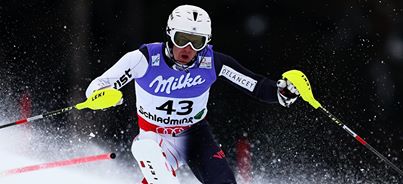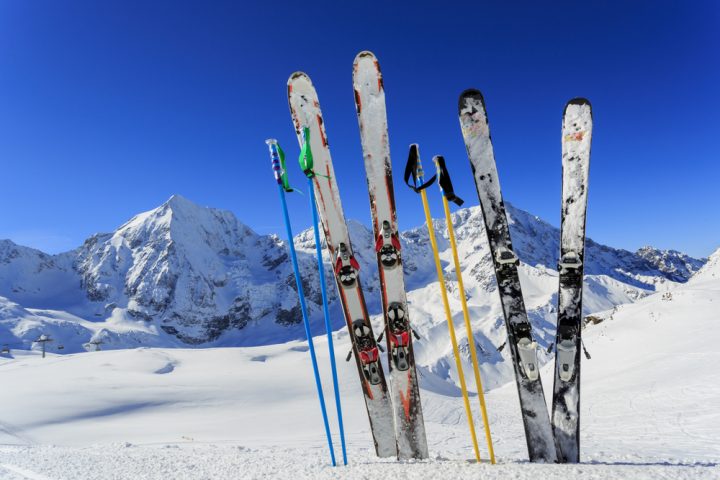A few specific groups of Octogenarian men were assembled by researchers for observing health impacts of cross country skiing. An exhaustion workout test of vigorous nature was conducted; it involved volunteers that were able to perform such exercises, strived independently and lived healthily. Two different groups were formed out of these participants; one group was allowed to perform the daily living activities, while the other group contained experienced cross-country skiers that had trained for about six times every week.
Researches involving cross country skiers in the past show us through some consistent outcomes. The trained participants were less likely to die from natural hardships; on the contrary the untrained subjects weren’t quite able to stay independent although they possessed great health. The untrained participants were more prone to death than their trained counterparts.
Apply your Skiing Arms
A crucial role is played by the upper parts of our bodies during cross country skiing; this is what makes it different from other types of exercises like cycling and running. Four separate workout protocols each demanding individual levels of contribution from the upper bodies of both males and females involved 16 skiers from Norway in a research test. About 50 percent of the group consisted of females, the rest being males.

How is Cross-country Skiing Different?
Cycling, running and other endurance exercises have many differences with cross-country skiing. A big role is played by the upper part of your body while you’re into skiing. How intense is this influence? You’re likely to gain some clues while going through some science and medicine journal in sports. Some 16 elite skiers of Norwegian origin were tested by a group of researchers through multiple exercise protocols; one half of the skiers in this group comprised of females while the remaining were males. All the exercise protocols needed multiple levels of contribution from the upper bodies. The arms were used to provide the entire propulsion in double-poling – an activity which is mostly involves one’s arms. G3 skating is another protocol that requires skiers to relate each stride with double poles in their freestyle technique. The classic skiing style was the one to follow next, wherein the skis were left parallel. Running, the final exercising involved arms to be used in a forward direction.
The primary objective of such research is to understand the way in which the strength of the skiers in their upper body will influence their performances in multiple directions. Tasks that mostly depend on arms are the areas wherein the men performed better; while running men tend to be 12% quicker, for classic style they were 14% quicker, at skating they were 17% quicker and at double-poling they were 20% quicker than women.
Climb slowly but steadily. A necessary evil is like following a course across the country with an occasional steep rise. Your heart rate pumps up when you find a miniature sprint while climbing up the hill in this way. That’s certainly a positive move forward; the last few decades have shown researchers how workouts may turn more efficient and effective (with respect to time) due to intense but short bursts of activities. Pretty many workouts of a similar type may involve small bursts of such activities like riding cardio machines or running over a treadmill at the gym; most of your activities are naturally clubbed when you get a cross-country ski loop rolling. You’ll need to continue pushing it, lest you fall backwards.
Of course, there are a few drawbacks associated with cross-country skiing. Smooth trails are mostly absent for those skiers that dwell within the city; only when you observe snowfall worth a certain degree, the urban parks show you through temporary tracks. Such options are time-barred, and can’t be used the year round. Workout routines that you follow usually are reinstated with the arrival of spring. Don’t miss any opportunity to ski that comes your way!
